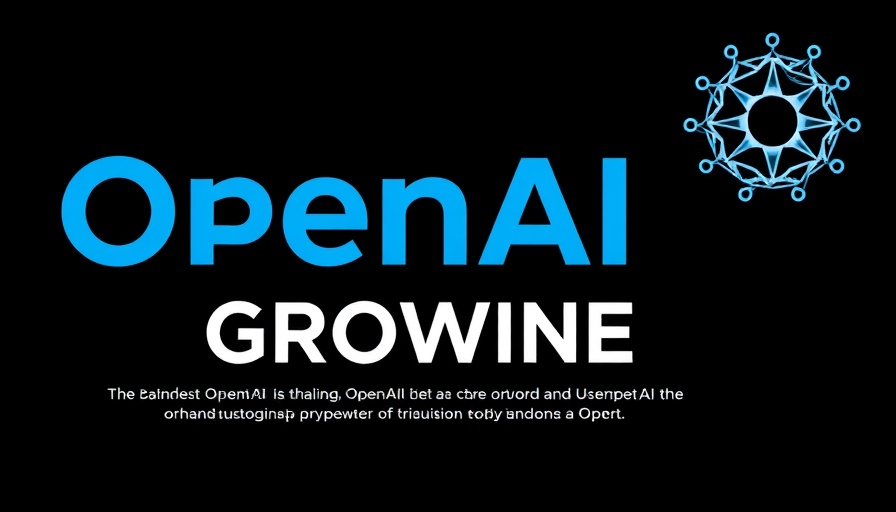
Enhancing AI Trustworthiness in Critical Fields
As artificial intelligence continues to permeate various sectors, ensuring the reliability of AI models has become a pressing concern, particularly in high-stakes environments like healthcare and security. Researchers at the Massachusetts Institute of Technology have developed a promising new methodology aimed at enhancing the trustworthiness of AI systems. This innovative approach focuses on conveying uncertainty with greater precision, enabling health professionals and researchers to make more informed decisions.
Why Uncertainty Matters
In fields where the stakes are incredibly high—such as medical diagnostics or risk assessment—uncertainty can dramatically influence outcomes. The typical black-and-white projections of AI often overlook the gray areas that reflect real-world scenarios. By refining how AI communicates uncertainty, the new methodology allows practitioners to interpret AI outputs in a nuanced manner, enhancing decision-making processes.
Real-World Implications
For instance, in medical settings, when an AI model assesses the risk of a disease, simply categorizing a patient as “high risk” or “low risk” can be misleading. Instead, providing a probability alongside the classification improves understanding. This model aids healthcare workers in weighing the consequences of interventions, potentially leading to better patient outcomes.
Broader Applications in Technology
Beyond healthcare, the approach can be instrumental in various areas like finance, where algorithms assist in investment decisions. For example, clear indications of uncertainty could help investors navigate volatile markets more effectively. By adopting this new standard, industries across the board could enhance their reliance on AI, fostering trust and effective application.
The Path Forward
As more sectors adopt AI technologies, ensuring these systems provide transparent insights into their level of uncertainty will be crucial. This development not only contributes to AI's evolution but also enhances its integration into society, where professional decisions can deeply affect lives.
 Add Row
Add Row  Add Element
Add Element 



Write A Comment